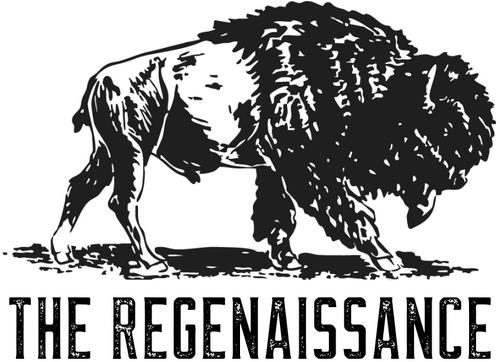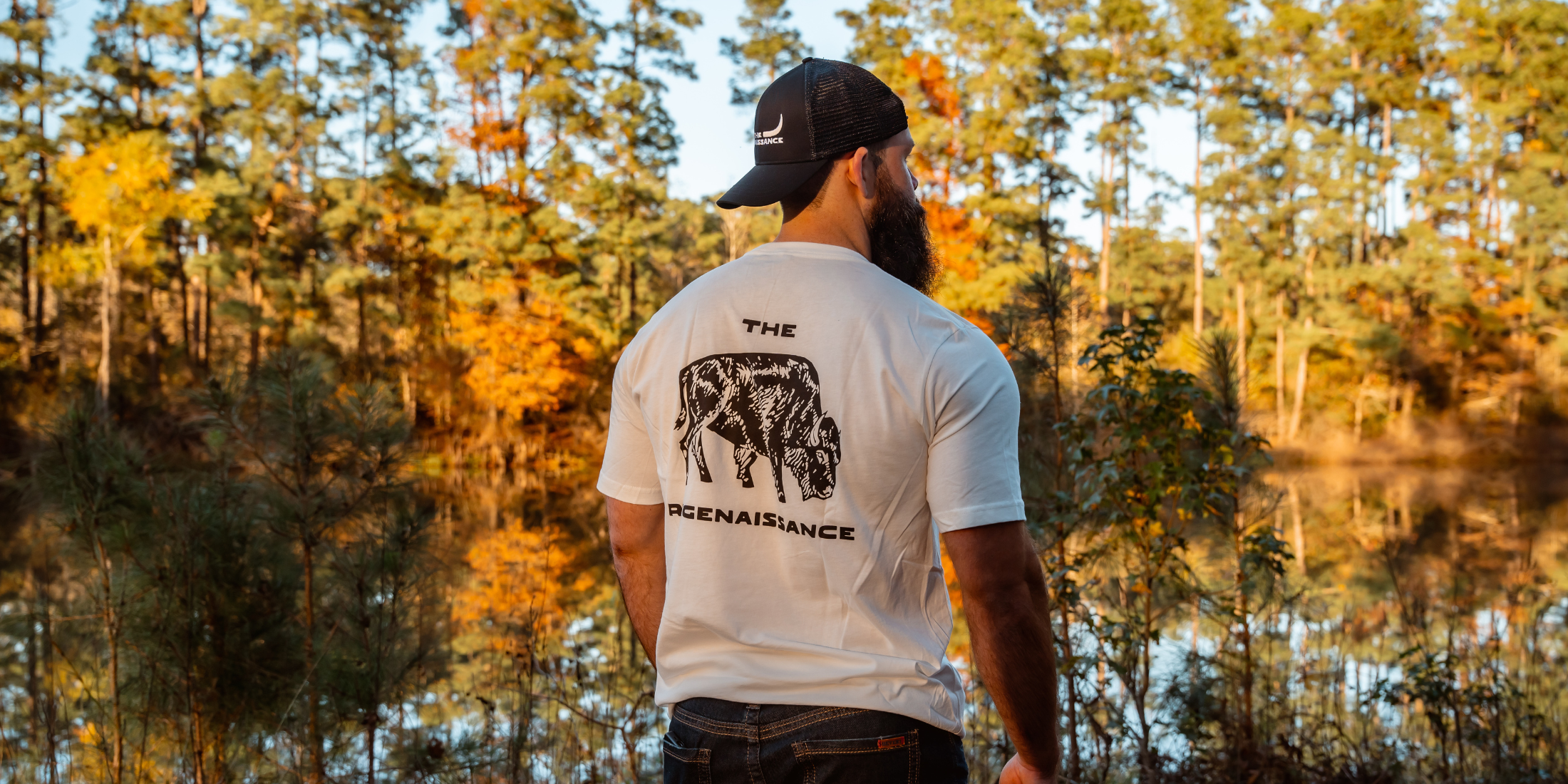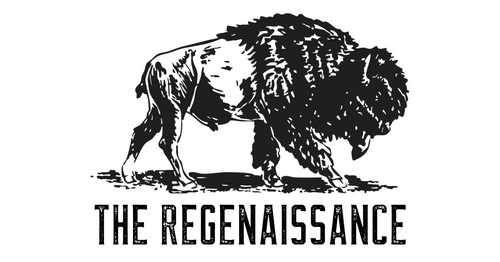New York is racing toward a bold climate goal: 70% renewable energy by 2030 and 100% clean power by 2040. But in the rush to cover the state with solar panels, farmers warn that fertile soil — land that feeds half the state’s residents — is being sacrificed.
Between 2017 and 2022, New York lost 364,000 acres of farmland. Utility-scale solar projects, many developed by out-of-state corporations, are now targeting the very same flat, fertile fields dairy farmers rely on. On rural roads in Schoharie County and Madison County, “No Mega Solar!” signs testify to growing resistance.
This is more than a land-use debate. It’s a fight over sovereignty, food freedom, and the future of family farms. Let’s dig in.
What Happened: Solar Projects and Farmland Loss
Under New York’s Article 10 / ORES siting law, solar projects over 25MW can bypass local zoning — even conservation easements. That means county farmland boards and towns have little say once developers file paperwork in Albany.
-
Flat, fertile soils targeted: Developers want the same well-drained fields farmers depend on.
-
Rising land rents: Solar leases offer $1,200–$1,500 per acre, compared to $100–$150 for farming.
-
Farmland at risk: Without new rules, the American Farmland Trust warns tens of thousands more acres could vanish from food production.
Assemblyman Chris Tague, a former dairy farmer, puts it bluntly: “I’m not against renewable energy, but I am against using potential farmland for solar farms.”
Farmer Economics: Can’t Compete With Solar
Brian Reeves, chair of the Onondaga Ag Board, says the math is impossible:
“We simply can’t compete. Rents typically run $100–$150 an acre, and solar is paying ten times that.”
Johanna Bossard, a Madison County dairy farmer and journalist, echoes the concern:
“Farmers aren’t against renewable energy, but there’s a smarter solution than removing land that feeds people and livestock.”
Albany’s subsidies for solar, she argues, are “cutting off our knees” at a time when dairy is already under pressure from market volatility.
The reality: small and mid-sized farms don’t have the financial cushion to withstand neighbors flipping fields into solar cash cows. Every solar lease next door raises the market rate, pricing out the very farmers who keep land in food.
Why It Matters: Beyond the Acreage
-
$44 billion economy: New York agriculture contributes billions annually.
-
Food for half the state: NY farms feed nearly 10 million residents.
-
Aging out farmers: Many family farms are nearing retirement, and renters already make up 30–40% of farmland.
Losing prime farmland doesn’t just hurt rural economies. It undermines food security. As Reeves warns: “Balance is key — we can’t put solar on the backs of farmers without jeopardizing our food supply.”
Solar Advocates: The Other Side of the Coin
Developers tout solar’s benefits:
-
Landowner windfalls: Repsol’s Mill Point Solar promises $2.5 million per year to area property owners and $17.5M in local jobs during its first three years.
-
Pollinator habitat: Many projects plant wildflowers and native grasses beneath panels, creating bee habitat.
-
Soil recovery: Solar “rests” farmland from intensive cropping, potentially improving long-term fertility.
-
Agrivoltaics: Dual-use projects allow sheep grazing or even berry crops beneath panels.
Cornell’s Ravena research farm is experimenting with berries between solar rows. Sheep under solar panels are becoming a familiar sight in Central New York. Advocates argue solar can be a “steady revenue stream for decades” that helps farms weather volatile commodity prices.
But the Catch: Prime vs Subprime Land
The biggest concern is where solar goes.
-
High-value dairy fields — flat, drained, and fitted for big machinery — are rarely compatible with agrivoltaics.
-
Sub-prime soils — wetter or less productive — could host solar + sheep without displacing food crops.
But since developers pay the most for prime soils, those are the first to vanish. As one Midwestern farmer quipped: “It benefits folks who grow wheat and corn. The smallest farms take the biggest hit when neighbors lease out.”
Policy Gaps and Solutions
New York’s Climate Act (2019) mandates 100% clean energy by 2040. NYSERDA’s NY-Sun program pours billions into solar development. Yet farmland protections lag behind.
The American Farmland Trust (AFT) recommends:
-
Caps on prime soil conversion: Modeled after New Jersey’s rule limiting solar to 5% of farmland.
-
Mitigation fees: Paid by developers, reinvested directly in local farms.
-
Agrivoltaics incentives: Policies that reward dual-use projects (sheep grazing, pollinator plantings, crops).
-
Farmland protection funding: Stronger programs to secure easements before developers swoop in.
Several towns have already passed moratoria or setbacks to slow projects, but Article 10 limits local authority. Without state-level fixes, farmers are left outgunned.
Human Stories: Voices from the Field
-
Farmer Stuart Salisbury (Schoharie County): “Solar panels began moving in… They’re an eyesore. We didn’t ask for them.”
-
Local resident testimony: Flooding worsened after solar construction disturbed drainage.
-
Community tension: Some neighbors see financial opportunity; others fear rural identity and food production disappearing.
These stories illustrate the cultural fracture — it’s not just land, it’s heritage.
Bigger Picture: Energy vs Food Sovereignty
This isn’t a binary fight. Climate change is real, and renewable energy is essential. But if solar devours prime farmland, the “green transition” risks undermining food security and rural survival.
The question: must we choose between kilowatts and calories?
The answer lies in balance: siting solar on brownfields, rooftops, or marginal soils — while incentivizing agrivoltaics that keep farmland productive.
FAQ: Solar on Farmland Explained
Q: How much farmland has New York already lost?
A: 364,000 acres between 2017–2022.
Q: How much do solar leases pay compared to farming?
A: $1,200–$1,500 per acre, vs $100–$150 for farmland rent.
Q: Can solar coexist with farming?
A: Yes — sheep grazing and pollinator plantings are common, but high-value dairy/crop fields often aren’t suitable.
Q: What policies could fix this?
A: Caps on farmland use, mitigation fees reinvested locally, and stronger farmland protection programs.
Q: Why not just use rooftops or brownfields?
A: Developers chase flat, open, cheap land. Without policy steering, prime farmland is the default target.
Rebels, farmland isn’t just dirt — it’s sovereignty.
If this story fired you up, share it online. Post it on Facebook, tweet it, text it to a friend who still thinks solar doesn’t collide with food. Every share adds another ally for our farmers.
And if you want to keep your finger on the pulse of these fights, join The Regenaissance Substack. Every subscription keeps this microphone open for farmers — and ensures food freedom has a voice.





